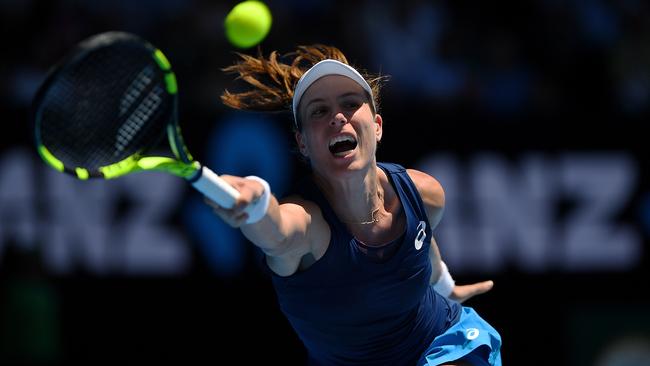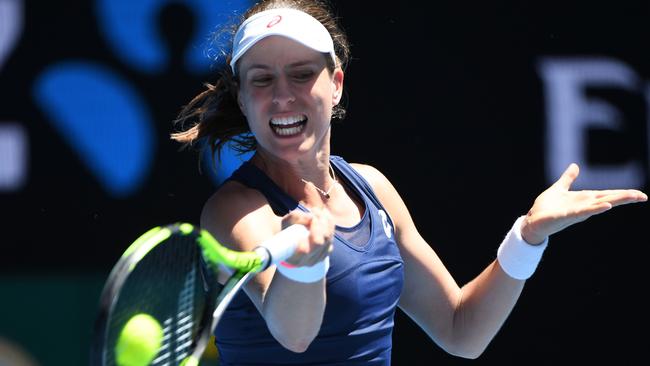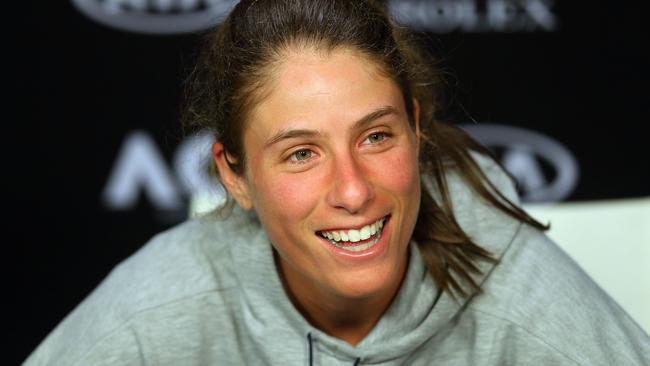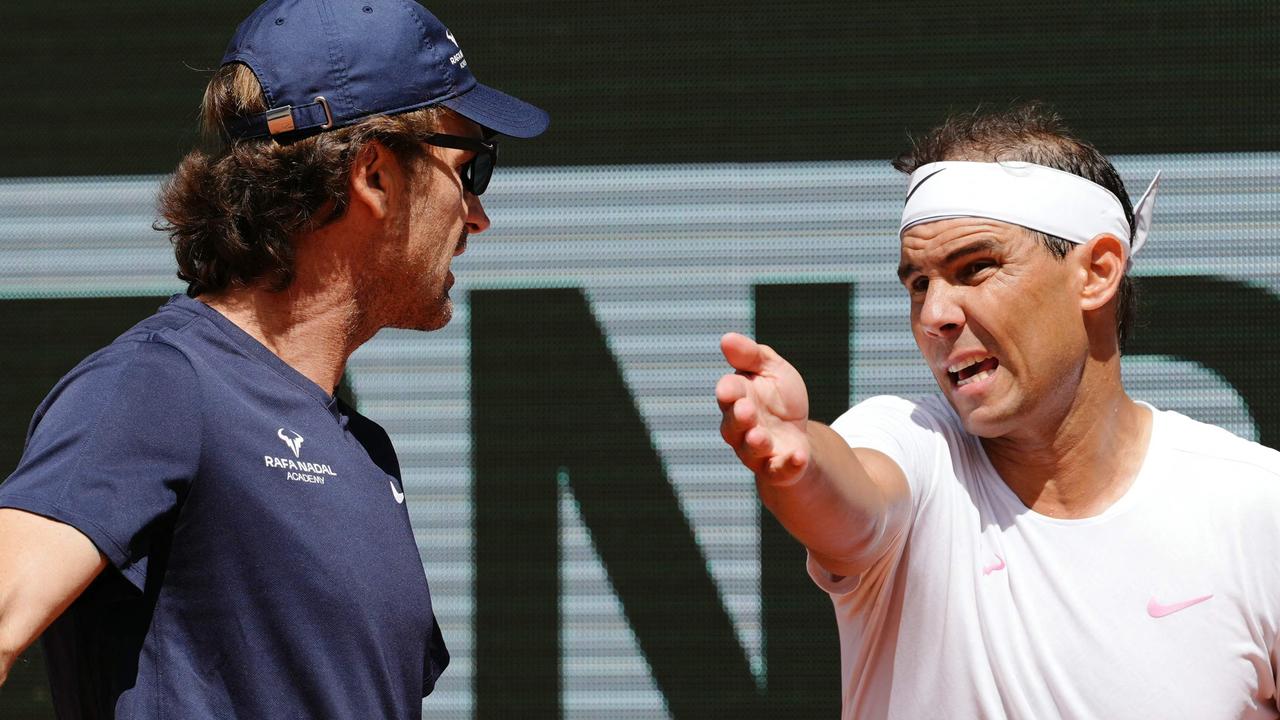How Tennis Australia allowed World No.9 Johanna Konta to walk for England
AUS Open quarter-finalist Johanna Konta was part of the Australian system until she was 14. Leo Schlink looks at why the World No.9 is now flourishing — as a Brit.

Tennis
Don't miss out on the headlines from Tennis. Followed categories will be added to My News.
AMONG other things, Johanna Konta’s passage to the Australian Open quarter-finals underlines the pitfalls of tennis talent identification.
At a time when Australian tennis is riven with politics and claims of wildcard and funding inequality, Konta emerges as the ultimate cautionary tale.
The famously fanatical baseliner grew up in Sydney and, until she was 14, was part of the Australian tennis developmental pathway.
In 2004, when the Australian Sports Commission cut its budget, Tennis Australia and its coaches were compelled to make hard calls.

Those decisions are a mix of guesswork and instinct; an inexact science with enormous ramifications.
NO TIES: Konta born in Sydney, but proud to be English
Konta’s funding was cut because she was regarded as lacking the requisite talent and potential.
Soon after, Konta and her family walked, eventually settling in England where British Tennis embraced her. The rest is history.
Now 25, Konta is ranked No.9 in the world.
The coaches who worked with Konta in Australia recall a meticulous and obsessive personality.
But she was frail — and still is comparatively — and considered inferior to others in her peer age group.
Not any more.
Tellingly, there are no Australian female players in the same age bracket within cooee of the top 20.
Sam Stosur, 32, and Russian import Daria Gavrilova are the only Australians inside the top 150.
Olivia Rogowska is Australia’s top-ranked 25-year-old at No 252.
"Thank you very much for making my dream come true." Johanna #Konta through to 3R #AusOpen pic.twitter.com/9Wc4YhMit2
— #AusOpen (@AustralianOpen) January 19, 2017
As Konta will attest, she was a long way from the finished article as recently as last year when she made her first serious grand slam stage, reaching the semi-finals at Melbourne Park.
Sports psychology and a fanatical approach to training have catapulted her to heights few could have envisaged in 2004.
Her journey is evidence of the fickle nature facing talent scouts when decisions are made on which players federations should support.
Hindsight shows Australian tennis got it wrong with Konta but there is also a notion that the journey — rather than lost Australian funding — was her salvation.
Pat Rafter, Wally Masur and Nicole Pratt are faced with similar dilemmas on virtually a daily basis.
Irate parents and disaffected players complain about inequity and, in somes cases, worse.
What Rafter has done is provide conditional support to players outside the system.

The onus, ultimately, is on the recipient to sink or swim. It is brutal, but transparent.
Had the same philosophy been in place 12 or 13 years ago, Konta might still be in Australian colours.
Then again, without facing the challenges she did, Konta might not be the world-class operator she is today.
As Serena Williams noted yesterday, Konta is a future grand slam champion.
Words to haunt a talent scout to an early grave.

